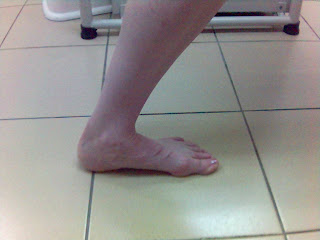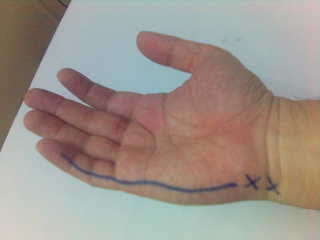Severe low backache and stiffness

Mr Tan is an ardent badminton player who plays once a week for 1 to 2 hours in the St John's Institution hall (enclosed and no air-conditioning). He came in with severe backache yesterday (a day after playing with younger opponents) and wanted quick pain relief. His back was so stiff (stiffness was worse than the pain) that he had difficulty bending forwards and backwards. I was surprised when he informed me that he does not drink before the match or during the match and he only drinks a small bottle of 500ml after the session! He also never believed in warm-up or cool-down. No wonder he had severe muscle spasm in his both paraspinals and quadratus lumborum.
I gave him 5 days of NSAIDS* and a muscle relaxant injection but told him to rehydrate adequately for the next 48 hours. If symptoms did not improve, I would review his back condition in 3 days. He should try sports drinks e.g. Horley's Replace or Gatorade before, during play and after play to prevent recurrence. Even if you don't feel thirsty, you need to drink up!, I said. 


Find out what the experts recommend:-
ACSM Position Stand on Exercise and Fluid Replacement
*US FDA Advisory on NSAIDS use




.jpg)
.jpg)
.jpg)

.jpg)
.jpg)






.jpg)




.jpg)

.jpg)
.jpg)


.jpg)




.jpg)





.jpg)







.jpg)
.jpg)



